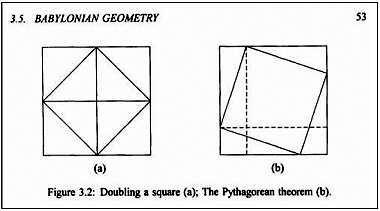A meditation suggested by yesterday's evening fashion news . . .

* A discussion of Stevens's late poem "The Rock" (1954) in
Wallace Stevens: A World of Transforming Shapes,
by Alan D. Perlis, Bucknell University Press, 1976, p. 120 —
"For Stevens, the poem 'makes meanings of the rock.'
In the mind, 'its barrenness becomes a thousand things/
And so exists no more.' In fact, in a peculiar irony that
only a poet with Stevens's particular notion of the imagination's
function could develop, the rock becomes the mind itself,
shattered into such diamond-faceted brilliance that it
encompasses all possibilities for human thought:
The rock is the gray particular of man's life, The stone from which he rises, up—and—ho, The step to the bleaker depths of his descents ... The rock is the stern particular of the air, The mirror of the planets, one by one, But through man's eye, their silent rhapsodist, Turquoise the rock, at odious evening bright With redness that sticks fast to evil dreams; The difficult rightness of half-risen day. The rock is the habitation of the whole, Its strength and measure, that which is near, point A In a perspective that begins again At B: the origin of the mango's rind. (Collected Poems, 528)"
Related reading: "Back in Action."











